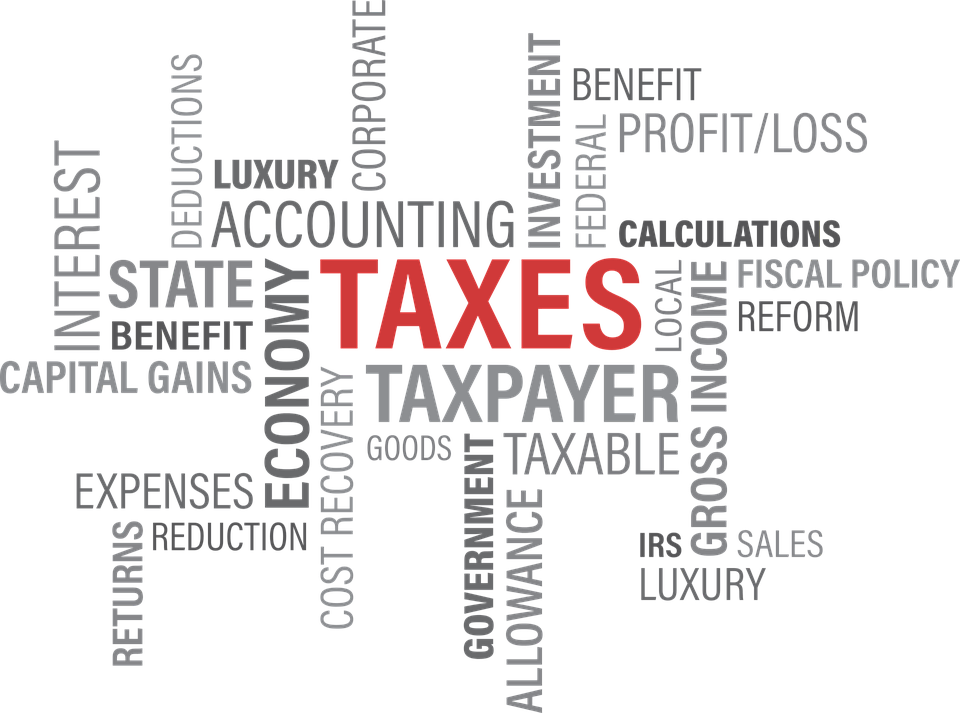5 Tax Issues for Clients Moving to Canada from the U.S.
As most CPAs are aware, Americans moving out of the U.S. to countries like Canada are still required to file U.S. tax returns in addition to various other disclosures, forms and treaty elections each year.
Oct. 21, 2021

By Phil Hogan, CPA, CA.
According to recent out of country voting data over 600,000 Americans currently reside in Canada (some estimate the number is closer to 900,000). Whether it’s Canadians returning to Canada after residing in the U.S. for a number of years, or simply Americans retiring to Canada, we continue to see a steady flow of Americans cross into Canadian cities.
As most CPAs are aware, Americans moving out of the U.S. to countries like Canada are still required to file US tax returns in addition to various other disclosures, forms and treaty elections each year.
Outlined below are 5 important issues to make clients aware of when moving to Canada from the U.S. :
1. You’ll be filing both Canadian and US income tax returns each year
As an American Citizen or Green Card holder you’re required to file US 1040 income tax returns regardless of whether or not you physically live in the US. Therefore, as an American living in Canada you’ll be required to file both a Canadian income tax return and a 1040 U.S. income tax return each year after entering Canada.
Even though dual filing would be required, in most cases you won’t be subject to double tax as the Canada- U.S. Income Tax Treaty will prevent such an outcome.
2. Additional foreign asset and income disclosures may be required
Both the Canada Revenue Agency (CRA) and the IRS have specific foreign income and asset disclosures that need to be filed if certain thresholds are met. As an American moving to Canada your client will often need to understand these requirements.
The IRS requires that anyone with foreign investment or financial assets that exceed $10,000 in aggregate (calculated by adding the highest balances in all non-US accounts together) file form 114 (also know as FBAR filings) to report these accounts. This form is filed separately with the department. An additional form 8938, very similar to the FBAR, is required in many other instances. However, the threshold balances for filing form 8938 are higher than form 114.
Canada has similar disclosures for those that hold non-Canadian investment assets with a cost that exceeds $100,000. Form T1135 reports non-Canadian investment accounts, cash, real estate and other financial assets each year directly to the CRA.
Penalties for late filing of form 114 and the Canadian T1135 are significant and should be reviewed each year to ensure they are filed accurately and on time.
3. You’ll want to review your investments before you move to Canada
Clients moving to Canada often have a variety of different investments including IRAs, ROTH IRAs, 401(k)s and non-registered accounts. Many of which are not native to Canada and require specific planning and consideration before moving up North.
Some planning considerations include:
- CRA requires that a client file a U.S. ROTH IRA treaty election to ensure that distributions from the ROTH IRA once in Canada remained deferred from both U.S. and Canadian tax
- In some cases, transferring IRA money to a Canadian RRSP can make sense financially
- Canadian residents with U.S. investments have significant T1135 filing requirements for investments held in a U.S. brokerage account. Consider moving up non-registered U.S. investments to a Canadian investment account to lessen the reporting burden on form T1135.
- Cost basis adjustments are required for non-registered investments when a client moves to Canada from the U.S. Non-registered investment cost basis’ are readjusted to FMV to ensure that capital gains accrued before moving to Canada are not incorrectly taxed by the Canadian government when sold.
4. If possible, pay income before you move to Canada
Clients will only be taxable in Canada on their income once they move to Canada and become Canadian tax residents. As such, there is often and opportunity to pay out certain types of income before entering Canada to save on additional Canadian tax. Some examples of amounts that may be considered before moving to Canada include:
- Receiving any employment bonuses due
- Take IRA distributions
- Exercise stock options
- Receive pension payouts
5. Don’t jeopardize your U.S. principal residence exemption
Clients will often not be able to sell their principal residence before actually moving to Canada. Although the sale of a U.S. principal residence property will likely not attract additional Canadian tax, ensuring the property is sold shortly after moving to Canada is extremely important.
As most U.S. CPAs are aware clients need to have lived in their principal residence for 2 out of the last 5 years to ensure they can take advantage of the U.S. principal residence exclusion. Once they move to Canada it will be imperative that they sell their residence to ensure they don’t miss out on the $250,000 or $500,000 capital gain exemption amount.
As you can see, clients moving to Canada from the U.S. have significant compliance and planning issues that need to be reviewed well before their move actually takes place. Engaging a competent cross-border CPA to help with the move is almost always a smart decision.
========
Phil Hogan, CPA, CA, (Colorado) is a dual licensed Canadian and U.S. CPA specializing in cross-border tax and wealth management matters.
